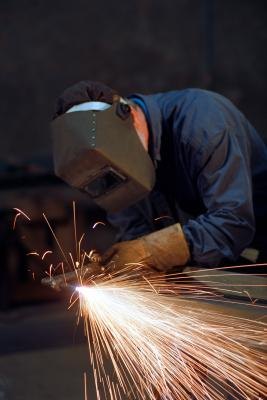How to Repair the Water Pump in a 1998 Ford Explorer 5 0
Monday, March 31, 2014 | Labels: 0, 1998, 5, a, explorer, ford, how, in, pump, repair, the, to, water | 0 comments |The water pump in the 1998 Ford Explorer is located on the front of the engine block by the cooling fan. It circulates coolant through the block to prevent the engine from overheating during its operation. The primary symptom of a faulty water pump is a continually increasing engine temperature, even with the proper amount of coolant. A malfunctioning water pump causes excessive wear to the engine and may eventually damage the engine permanently.
Instructions
- 1
Disconnect the batterys negative terminal with a socket wrench. Position a drain pan under the radiator and open the radiator drain. Replace the plug after the coolant is completely drained from the radiator.
2Disconnect the cooling fan shroud with a socket wrench. Remove the mounting bolts for the cooling fan. Remove the cooling fan assembly. Disconnect the accessory drive belt.
3Detach the water bypass hose and heater hose from the water pump. Disconnect the brackets for the wiring harness of the engine control sensor, and push the wiring harness out of the way. Remove the attaching bolts for the water pump pulley with a socket wrench and disconnect the pulley.
4Remove the attaching bolts for the water pump. Record the position of each bolt since they have different lengths. Detach the pump from the front engine cover. Disconnect the radiator hose from the water pump. Remove the pump from the vehicle and discard its gasket.
5Clean the mounting surfaces of the pump and front engine cover with a shop towel. Apply a layer of gasket sealer to both sides of the new gasket. Mount the gasket onto the water pump.
6Connect the radiator hose to the new pump. Install the pump and place the mounting bolts in the correct holes that you recorded earlier. Torque the mounting bolts to between 15 and 21 foot-pounds with a torque wrench. Complete the installation of the water pump by performing steps two and three in reverse order.
7Refill the cooling system with coolant and reattach the negative battery cable with a socket wrench. Start the engine and check for leaks in the cooling system.




































